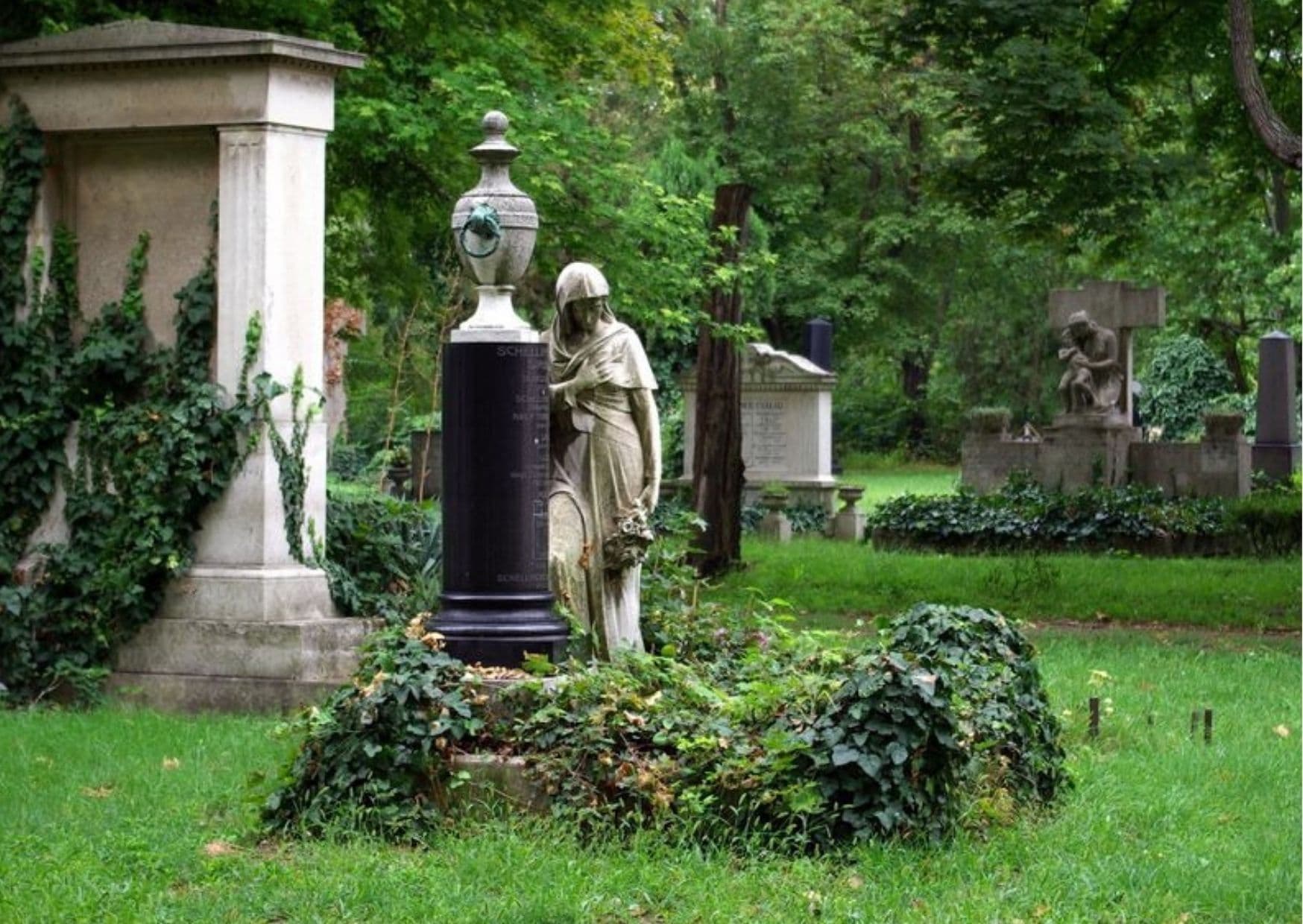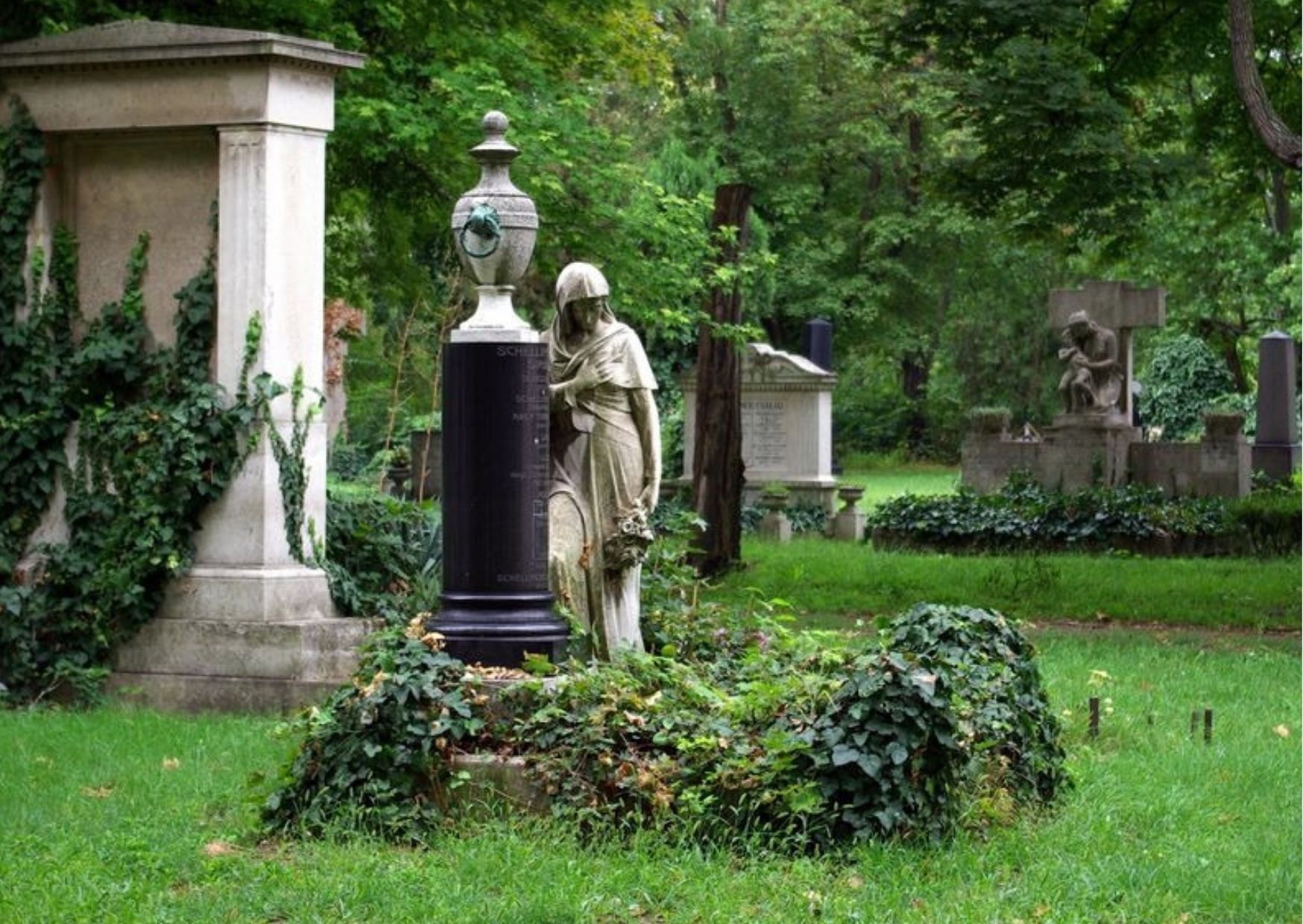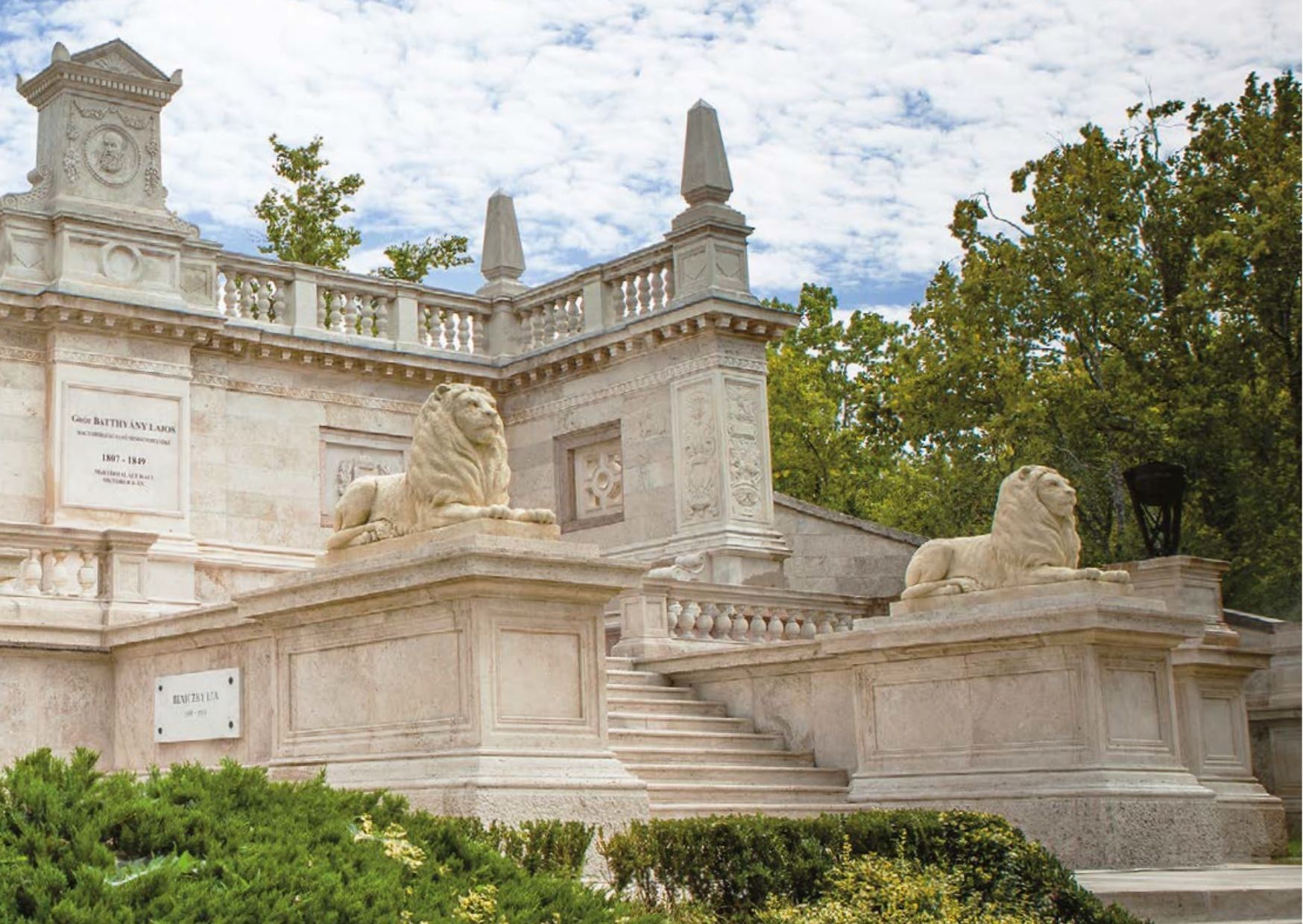Fiumei Road Cemetery - a treasure of Hungarian heritage
18th July 2022

Fiumei Road Cemetery - a treasure of Hungarian funerary heritage
By Gábor Móczár, Director General of National Heritage Institute (Nemzeti Örökség Intézete), Hungary
Funeral professionals from all over the world who attend The FIAT-IFTA I.C.D. Meeting, General Assembly and conference in Budapest was able to participate in a number of accompanying events. One of them was a tour of the Fiumei Road Cemetery, which is not only the most famous cemetery in Budapest, one of the oldest cemeteries in Hungary, but also a kind of open-air history book of modern-day Hungary.


The Fiumei Road Cemetery is more than a graveyard: it is one of Hungary’s largest collections of statues, and its 56-hectare, arboretum-like landscaped area has avenues harbouring 10 species of tree and 110 different bird species. Fiumei Road Cemetery that opened in 1849 as the public cemetery of Pest is the only cemetery to be a national memorial in its entirety, an open-air history book of modern-day Hungary in which one will find traces of the Age of Dualism, national development, communism, the 1848-49 War of Independence and 1956 Revolution, as well as the democratic multi-party system.
Among the greats of Hungarian culture, Béni Egressy, who set the ‘Summons’ (Szózat) to music, was first to be buried here, in 1851, while the coffin of Mihály Vörösmarty, author of the Summons, was carried here attended by a vast crowd in 1855. The mausoleums of Count Lajos Batthyány, Ferenc Deák and Lajos Kossuth transformed the cemetery into a national place of worship, where the impressive Apponyi funerary coach also reminds us of the final respects paid to the immortals of the nation. This is similarly the resting place of other great figures such as Mihály Munkácsy, Endre Ady, Zsigmond Móricz, Tivadar Csontváry Kosztka, Attila József, Lujza Blaha, Mari Jászai, Miklós Jancsó, Imre Kertész and Károly Makk, thus the cemetery is also an essential ‘place of pilgrimage’ of Hungarian culture. Fiumei Road Cemetery is sometimes referred to as the Père Lachaise of Budapest. From 1 May 2016, the Fiumei Road Cemetery is managed by the National Heritage Institute (NÖRI). There are still coffins and urn burials in the cemetery, and it is possible to scatter the ashes all year round.
We are convinced that an awareness of the oeuvres of the people resting in the cemetery and the architectural and sculptural masterpieces erected in their honour contributes enormously – particularly for the younger generations – to the strengthening of national identity, since as Hungarians we can always be proud of what our predecessors gave to the world. Visitors can select from around 40 themed walks and programmes on the National Heritage Institute website, while the FiumeiGuide mobile app assists in a personalized discovery of the cemetery. Visitors will also find unconventional history classes, concerts, theatre productions, adventure games and treasure hunts.
Read full article in the summer issue of THANOS magazine - you can read online at pages 8-10
Share this article